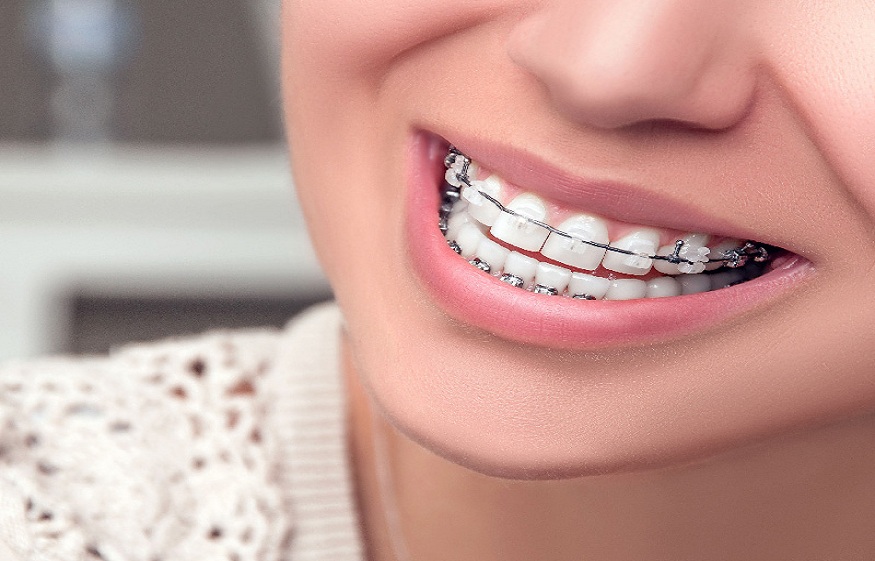Lingual Braces: The Benefits and Drawbacks of Back Braces

About 4 million individuals in Canada and the United States are today motivated to correct their teeth with orthodontic braces because they want a healthy, attractive smile.
Many people, however, are discouraged from obtaining treatment because they dislike the appearance of traditional metal braces.
Several practically undetectable choices are available for image-conscious youngsters, working professionals, and those who do not want to attract further attention to their dental procedure. Their popularity is increasing.
Lingual braces are similar to conventional braces in that they are attached to the back of your teeth, on the tongue — or lingual — side of the teeth. They are practically unnoticeable since they are hidden between your teeth.
Continue reading to discover more about lingual braces, their benefits and drawbacks.
Lingual braces are more unpleasant than other types of braces.
You will experience pain when your teeth begin to shift, regardless of the kind of braces you pick.
Most patients describe this discomfort as a dull aching that may be eased with over-the-counter drugs. You should generally consume soft meals like yoghurt, rice, and soft-boiled eggs until the ache goes away.
When brackets come into touch with the sensitive tissues within your mouth, braces may cause discomfort. Because of the position of the brackets, the tongue is a typical source of pain with lingual braces.
Lingual braces may be quite uncomfortable for certain people. As a result, more manufacturers are making lingual brackets smaller and smoother to increase patient comfort. Customization of the brackets has also beendemonstrated to reduce pain.
You might try a topical tooth pain treatment lotion or a little wax over rough edges on your brackets for short-term alleviation of sore regions. Contact your orthodontist if a wire is poking or scratching you. Wires may be snipped to prevent them from causing harm.
What are the benefits and drawbacks of lingual braces?
Advantages
- Lingual braces are almost invisible.
- They efficiently treat the majority of biting issues.
- They may be adjusted to boost your comfort while also increasing their efficiency.
Disadvantages
- Lingual braces may cost more than other kinds of braces.
- They may be quite uncomfortable, particularly initially.
- They may cause a temporary lisp.
- They may take longer to put on than traditional braces.
Takeaway
If you need braces but don’t want them to be visible, lingual braces may be a viable choice. However, they are less apparent than traditional braces because they are linked to the rear sides of your teeth.
Depending on local pricing and specific dental requirements, lingual braces may cost more than traditional braces, and your treatment duration may be somewhat longer.
You might anticipate discomfort while your tongue adjusts to the brackets and a slight lisp during the first few weeks or months of therapy.
Meeting with an orthodontist in Singapore is the best method to decide if lingual braces suit you. They may examine your teeth and propose the best course of action for you.






